If you've ever popped your hood and squinted at your dipstick, you're not alone. The oil level is more than just a line in a tube—it’s your engine’s lifeline. Go too low and parts grind themselves to bits. Fill it past the mark and you risk blown seals and a mess under the hood.
The target zone? On almost every dipstick, you’ll see two marks—sometimes dots, notches, or holes. Your oil should sit anywhere between those two marks. The sweet spot, though, is closer to the upper line, but never over it. If the oil line hugs the “MIN” mark, it's time to top up. If it’s above “MAX,” you’ve overdone it. Both ends spell trouble.
- What the Dipstick Shows (and Why It Matters)
- The Correct Oil Level—How to Read It
- Common Mistakes to Avoid
- When the Oil Level Is Off: What to Do
- Quick Tips for a Spotless Dipstick Check
What the Dipstick Shows (and Why It Matters)
The oil dipstick is your under-the-hood snapshot. When you pull it out, it tells you two crucial things: how much oil is floating around in your engine right now, and sometimes what the oil actually looks like. Most cars have a dipstick with two indicators—a lower mark (often labeled "MIN" or just a dimple) and an upper mark ("MAX"). The right amount of engine oil should sit right between those.
Here's why this is such a big deal: oil lubricates all the fast-moving parts inside your engine. If it's low, friction builds up and parts can weld themselves together. If there's too much oil, it starts foaming—think milkshake rather than slippery—so all those parts don’t get the smooth protection they need. That can be just as brutal for your engine as running dry.
Checking your engine oil level sounds easy, but a lot of folks either don't do it or miss what the dipstick is trying to tell them. Neglect this, and you're gambling with costly repairs. Around 1 in 5 cars on U.S. roads is running low on oil, according to a CarMD survey. People get busy. They assume new cars won't use oil. That’s risky thinking.
- The dipstick doesn’t show total oil capacity. It just tells you if you’re in the safe range right now.
- Oil color can tell you if it's time for a change. Dark, gritty oil means it’s spent. Fresh oil is more amber and see-through.
- Always check your oil with the engine off and parked on level ground. Otherwise, the reading’s unreliable.
If you catch your oil level slipping below the lower mark, it doesn’t mean the car will instantly fail—but driving like that stacks up damage fast. And if you ever see a frothy, milky look on the dipstick, especially with oil over the "MAX" line, that's a warning sign you can't ignore.
The Correct Oil Level—How to Read It
Getting the oil dipstick reading right sounds simple, but a surprising number of people mess it up. First, make sure your engine’s off and the car’s sitting on level ground. Warm up the engine, then turn it off and wait about five minutes—this lets the oil settle down to the pan, so you get a legit reading.
Now, pull out the dipstick—usually it’s got a yellow or orange handle. Wipe it clean with a paper towel, then pop it back in all the way. Pull it out again and look closely at the tip.
- You’ll see two marks—sometimes they say "MIN" and "MAX", sometimes they’re just dots, letters, or crosshatched areas. The space between those marks is your engine oil level zone. For most cars, that’s about a quart (0.95 liters) difference.
- If your oil line sits anywhere between those marks, you’re good. If it’s right near “MAX” or the upper dot, perfect.
- Be careful if the oil is right at “MIN” since that means you’re running low and should add a little oil soon. But don’t panic—most cars can handle being down a half-quart without damage.
- If the oil line is below “MIN,” top up ASAP. Running low risks expensive engine damage.
- If the oil is over the “MAX” mark, you need to drain some out. Overfilling can foam up and cause leaks.
Here’s a quick look at what you’re working with:
| Dipstick Mark | What It Means |
|---|---|
| Below MIN | Needs oil now—add before driving far |
| Between MIN and MAX | You’re good to go |
| At MAX | Full—ideal level |
| Above MAX | Too much—drain some oil |
One easy tip: if you add oil, do it in small amounts, like a quarter of a quart at a time. Check the oil dipstick again, so you don’t overshoot it. Remember—measuring right is just as important as using the right oil.

Common Mistakes to Avoid
Checking the oil dipstick sounds easy, but loads of people mess it up because of a few classic mistakes. Sometimes, these slip-ups lead to expensive engine damage. Here's how you can steer clear of trouble:
- Checking right after driving: Hot oil can splash around and coat the stick, making it look fuller than it really is. Wait at least 10 minutes after turning off the engine, so oil settles back in the pan.
- Parking on a slope: If your car isn't on flat ground, you won't get a true reading. The oil leans with the car, which skews the level—sometimes by as much as half a quart.
- Not wiping the dipstick first: Always wipe it clean, then re-dip. That first pull will almost always show oil smears everywhere. Only the second dip counts.
- Ignoring manufacturer marks: Some folks guess where the fill line is or eyeball it. Check your owner's manual. Different automakers use different distances between "MIN" and "MAX"—sometimes, that's over a quart of difference.
- Filling to the brim: More isn't better. Overfilling past the "MAX" line can foam up the oil and starve your engine of lubrication. Some engines run best when right at the halfway point between "MIN" and "MAX."
Did you know that a 2022 AAA survey found nearly 40% of drivers who check their own engine oil level skip either waiting for the engine to cool or forget to park level? These steps matter way more than folks think.
Stick to these habits, and you’ll dodge headaches from inaccurate oil dipstick readings or, worse, a busted engine from low oil or an overfilled crankcase.
When the Oil Level Is Off: What to Do
If your oil dipstick shows the level too low or too high, don’t wait—take care of it before you drive again. Running low on oil means your parts get no cushion, which leads to metal-on-metal wear. Too much oil? That builds up pressure, destroys seals, and can even choke your engine with foam instead of lubrication.
Let’s break down what to do if you spot the problem:
- Oil too low: Add oil right away. Use the type listed in your owner’s manual—no mixing and matching. Pour in just enough to get close to the "MAX" line, but don’t go over. After adding, wait a few minutes and check again. Your oil level should be in the safe zone before you start the engine.
- Oil too high: You’ll need to remove the extra oil. The easiest DIY method is using a simple hand pump through the dipstick tube. If you’re not into tools, let a shop handle it. Driving an overfilled engine is risky; a study by the Car Care Council says too much oil can cut engine life by up to 50% because of increased internal pressure.
Here’s a quick reference if you go by numbers:
| Dipstick Reading | Action to Take |
|---|---|
| Below MIN | Add correct oil type. Re-check level after a few minutes. |
| Between MIN & MAX | Level is good. No action needed. |
| Above MAX | Remove some oil before driving. |
Always double-check after refilling or draining to be sure you’re right in the sweet spot. And if your oil keeps disappearing fast, or you find yourself topping up often, you might have a leak or an engine problem. In that case, get it checked out before things get worse.
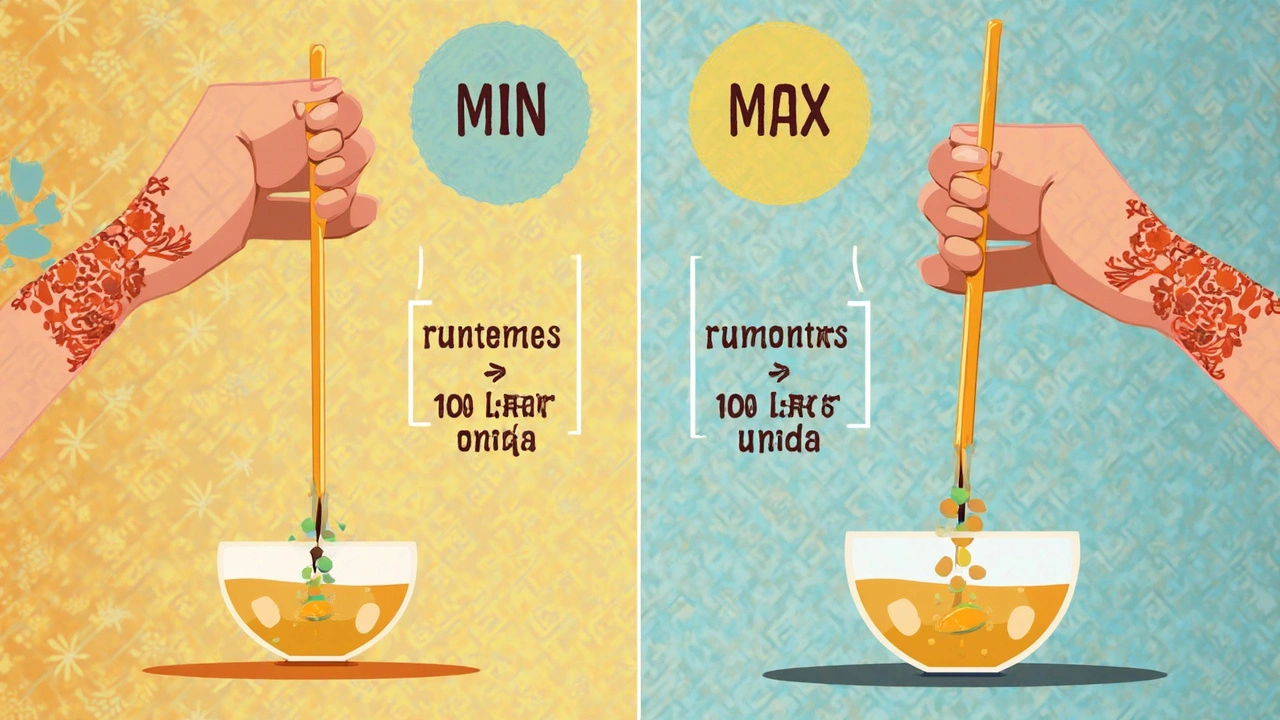
Quick Tips for a Spotless Dipstick Check
Let’s be real—the oil dipstick is often a magnet for gunk and dust, so you need a clean read every time. Accuracy matters here, because even the best motor oil won’t do much good if you can’t tell your true engine oil level.
- Engine Off, Cool Down: Make sure your car is parked on level ground. Turn off the engine and give it at least 5 minutes to let the oil settle back into the pan. Hot oil climbs the dipstick, throwing off your reading.
- Get the Right Rag: Use a lint-free rag or paper towel. Avoid old t-shirts with fuzz—fibers can stick to the stick and land in your oil on the next check.
- Pull and Wipe, Then Dip Again: The first pull of the stick is always grimy. Wipe it clean, reinsert it fully, then pull it out for your actual oil dipstick check.
- Read in Good Light: Oil can be tough to see, especially if it’s fresh. Hold the stick toward natural light if possible. Some folks even angle it over a white napkin for contrast.
- Don’t Overfill Based on One Check: If you’re unsure about what you’re seeing, repeat the process. Consistency matters. If it looks low twice, it’s time to top it off. If you’re near or slightly below “MAX,” don’t add a full quart—go slow, as too much oil can be just as bad as too little.
Sticking to these steps means you’re less likely to mess up your car maintenance or spill oil where it shouldn’t be.
| Step | Reason |
|---|---|
| Let engine cool | Oil drains to pan for true level |
| Use clean rag | Prevents false readings and debris |
| Read twice | Confirms accuracy |
| Don’t overfill | Stops engine damage |
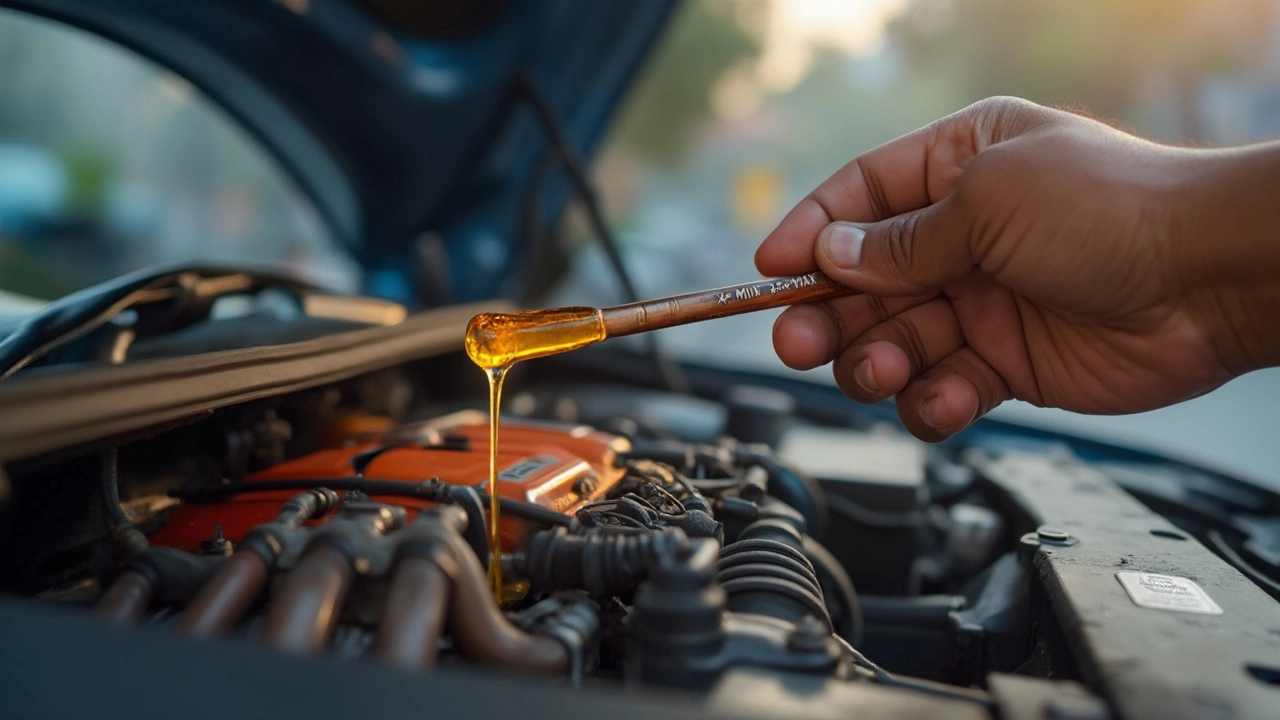
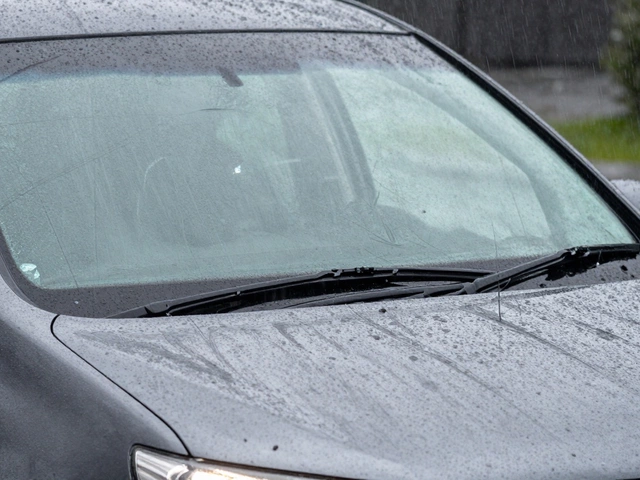
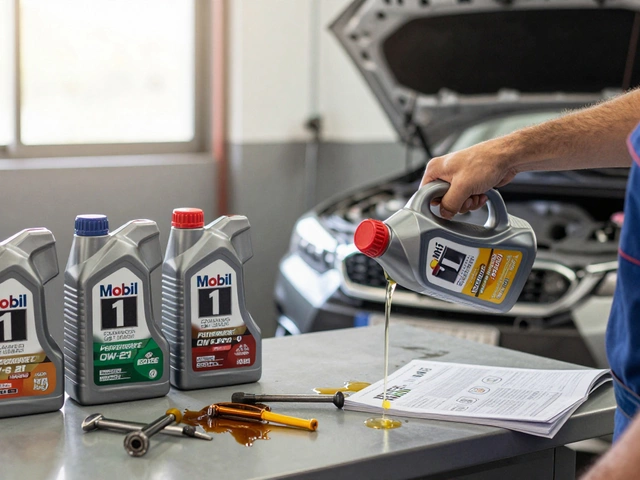


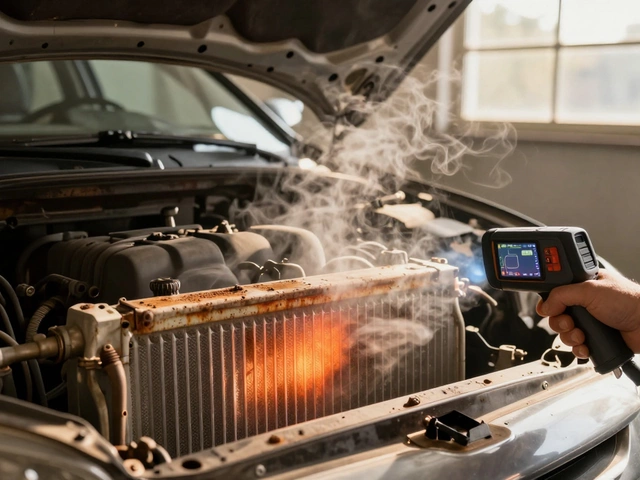

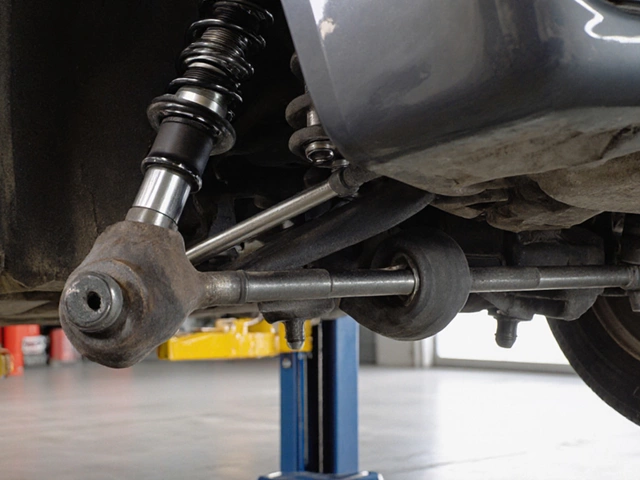

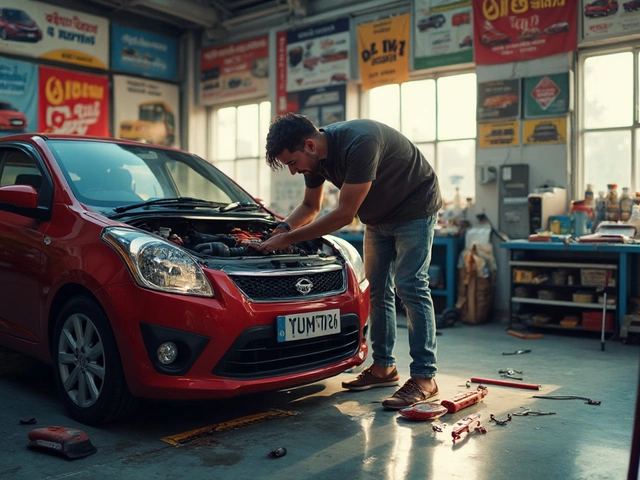

Write a comment